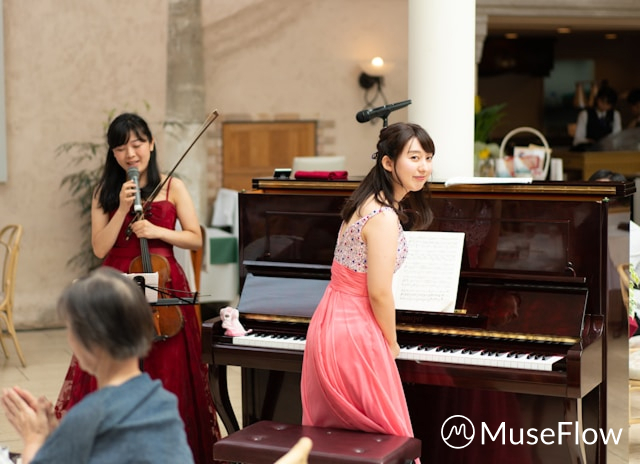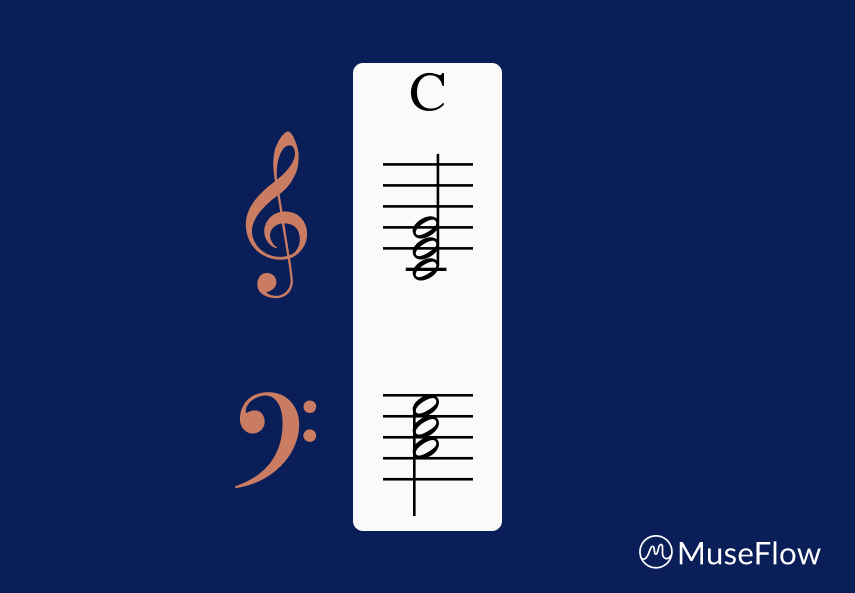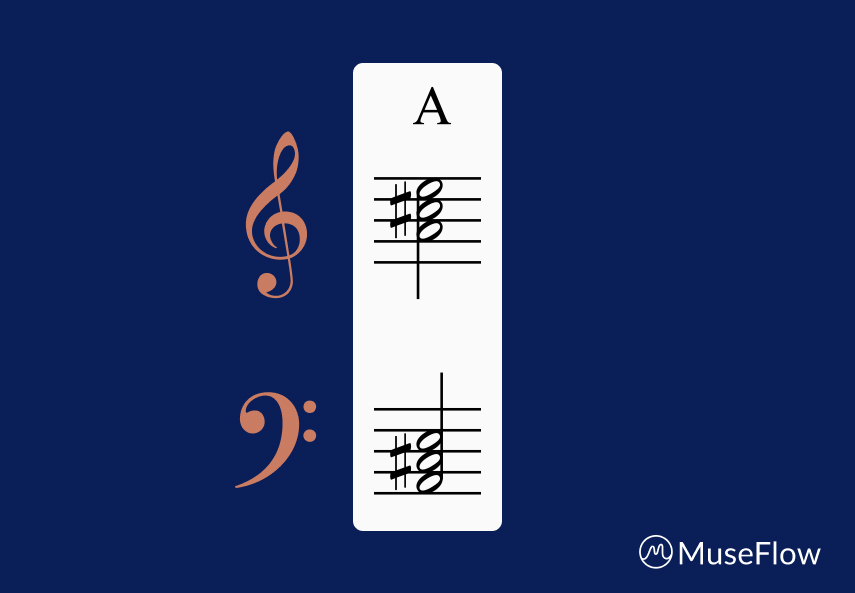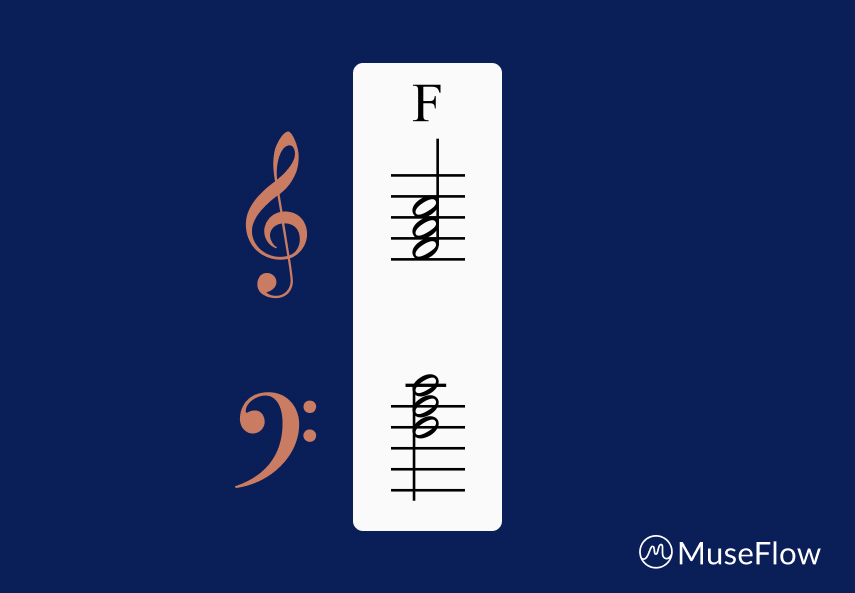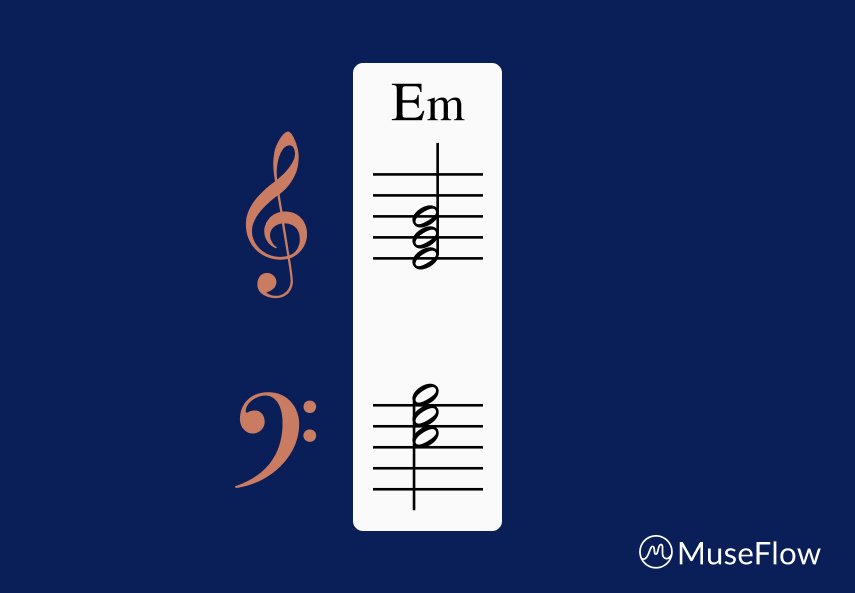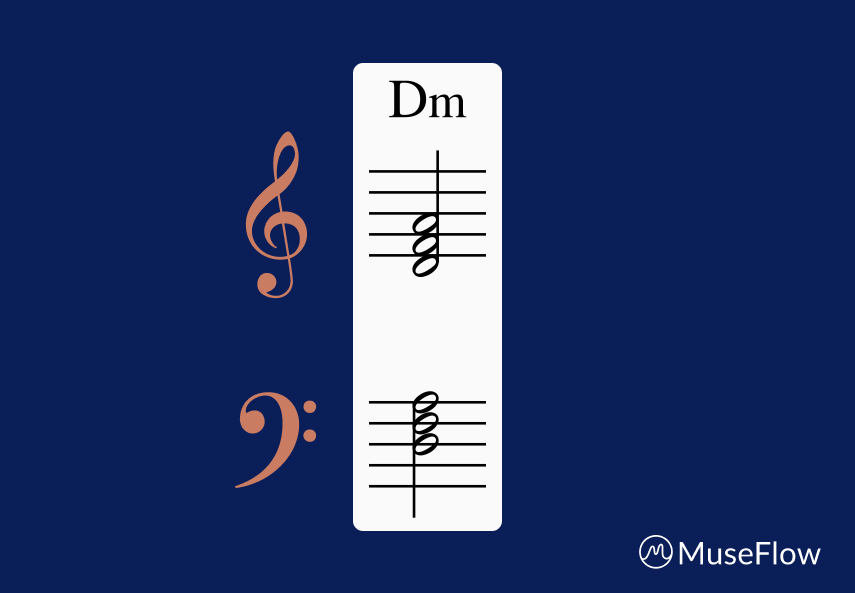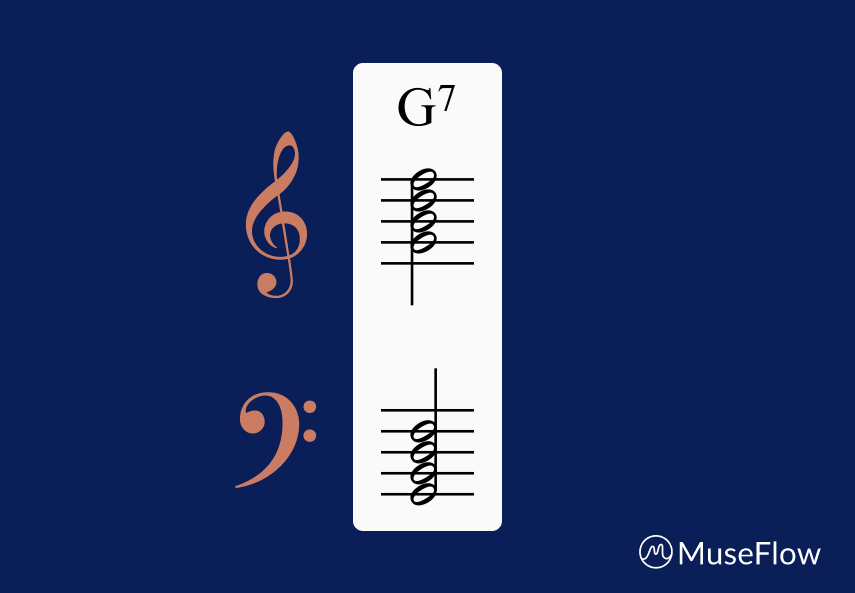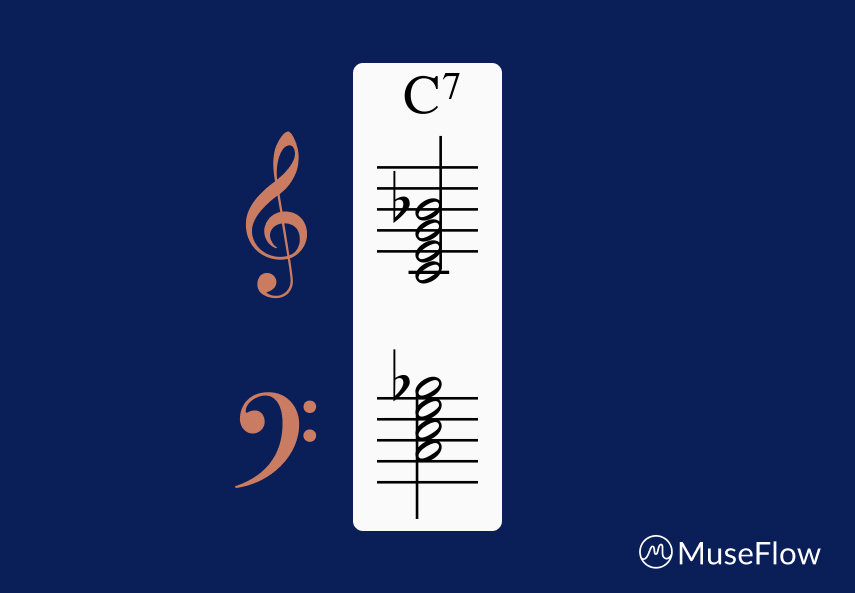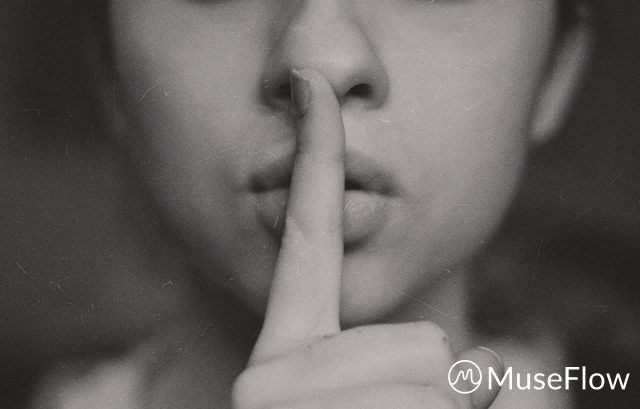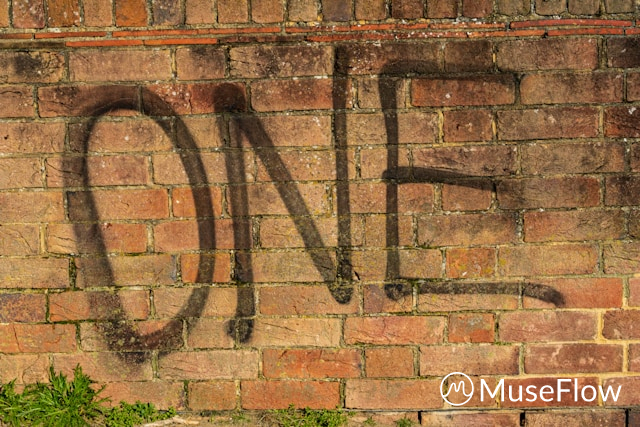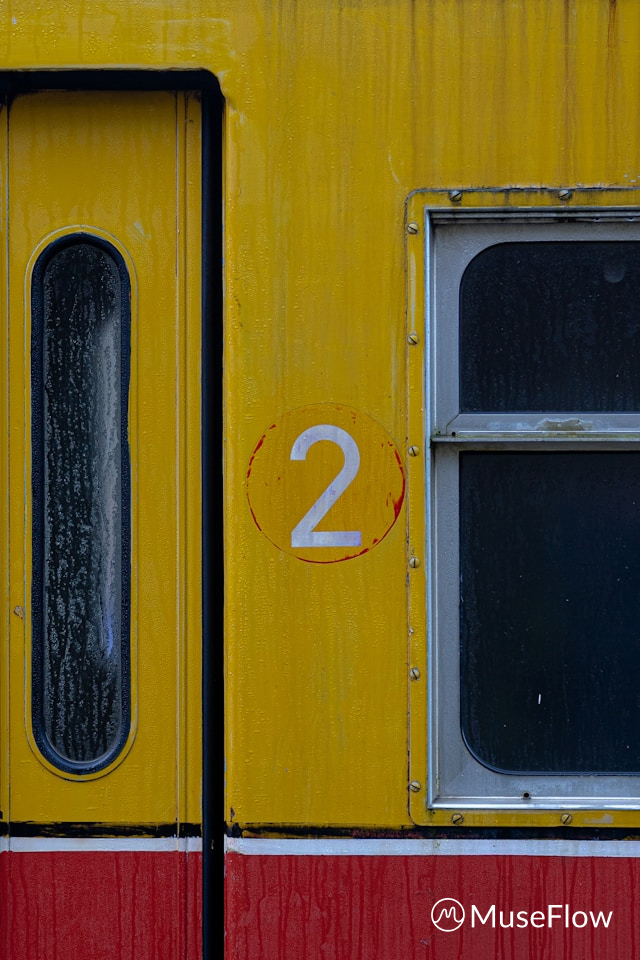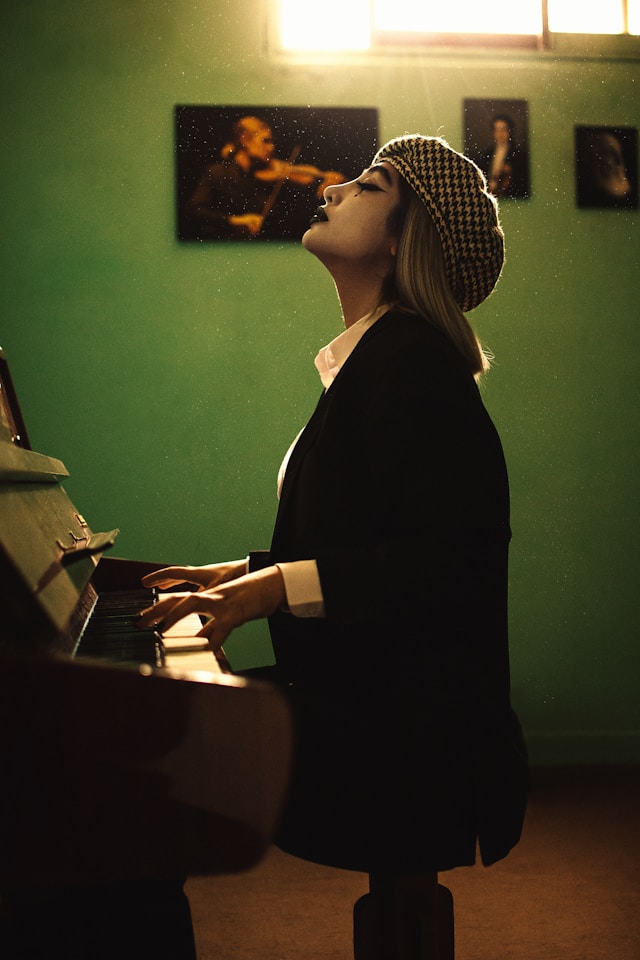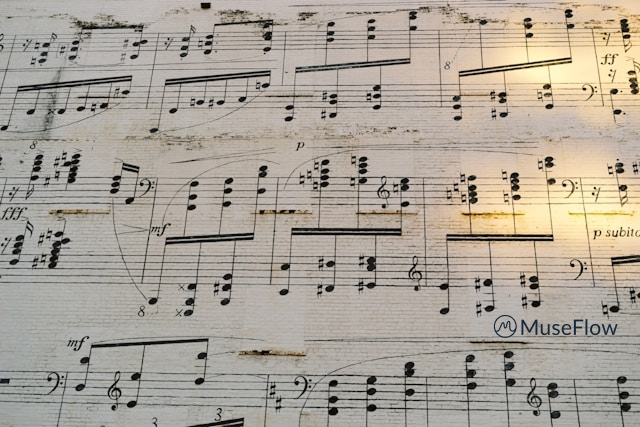Score Points, Not Just Notes:Gamifying Your Piano Practice with MuseFlow
Ever wondered why you can spend hours playing video games but struggle to practice piano for 20 minutes?
The secret isn't willpower... it's gamification!
What if gamifying your piano practice could transform those tedious scales into an addictive experience that keeps you coming back for more?
Picture this: You sit down at your piano, excited rather than dreading the next hour. Your practice session feels like diving into your favorite video game, complete with trials, skill progression, and that satisfying "just one more level" feeling.
This isn't fantasy.. it's exactly what happens when you discover gamifying piano lessons with MuseFlow.
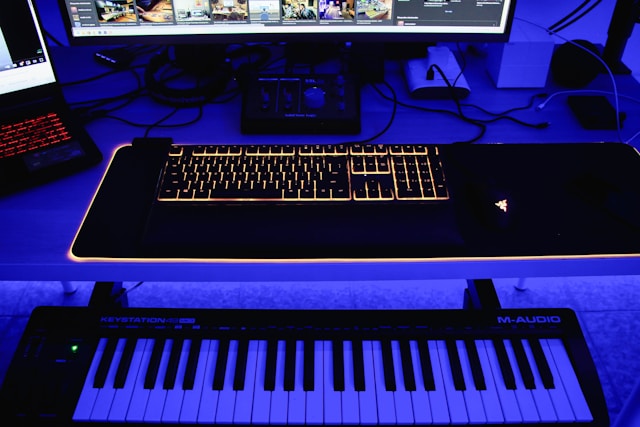
The Gaming Revolution Meets Piano Education
Traditional piano instruction follows a centuries-old model that simply doesn't work for modern learners. While the gaming industry has mastered the art of engagement, piano education has remained stuck in the past.
MuseFlow bridges this gap by applying proven game design principles to musical learning.
Gamification works because it taps into fundamental psychological principles that make learning irresistible. When you combine these principles with piano practice, something magical happens... learning becomes effortless and insanely engaging.
When gamifying your piano practice, you enter what psychologists call "Flow State" - that magical zone where challenge perfectly matches your skill level, time seems to disappear, learning happens effortlessly, and intrinsic motivation takes over.
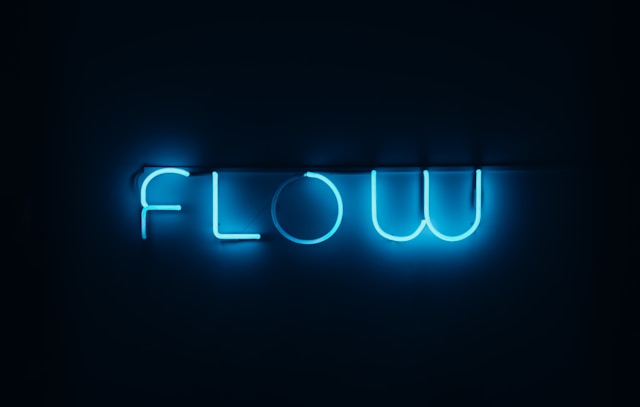
MuseFlow's Revolutionary Approach
MuseFlow isn't just adding game elements to traditional lessons.. it's a complete reimagining of piano education built around game design principles.
Here's what makes MuseFlow transformative, and simply the best:
- Sight Reading as the Core Mechanic: Unlike other apps that teach songs through memorization, MuseFlow makes sight reading the central game mechanic. This builds:
- Foundational musical literacy
- Unlocks unlimited musical possibilities
- Creates genuine musical independence
- Develops transferable skills
- Never-Ending Content Generation: MuseFlow's approach generates pitch perfect, novel music that never repeats, ensuring true sight reading development with:
- Memorization simply not being possible
- Infinite practice material for every skill level
- Constant challenge and engagement
- Real musical growth because you’re learning the skills, not memorizing songs
- Adaptive Challenge System: Real-time feedback allows your brain to:
- Correct mistakes immediately
- Build proper muscle memory
- Stay engaged and motivated
- Accelerate skill development
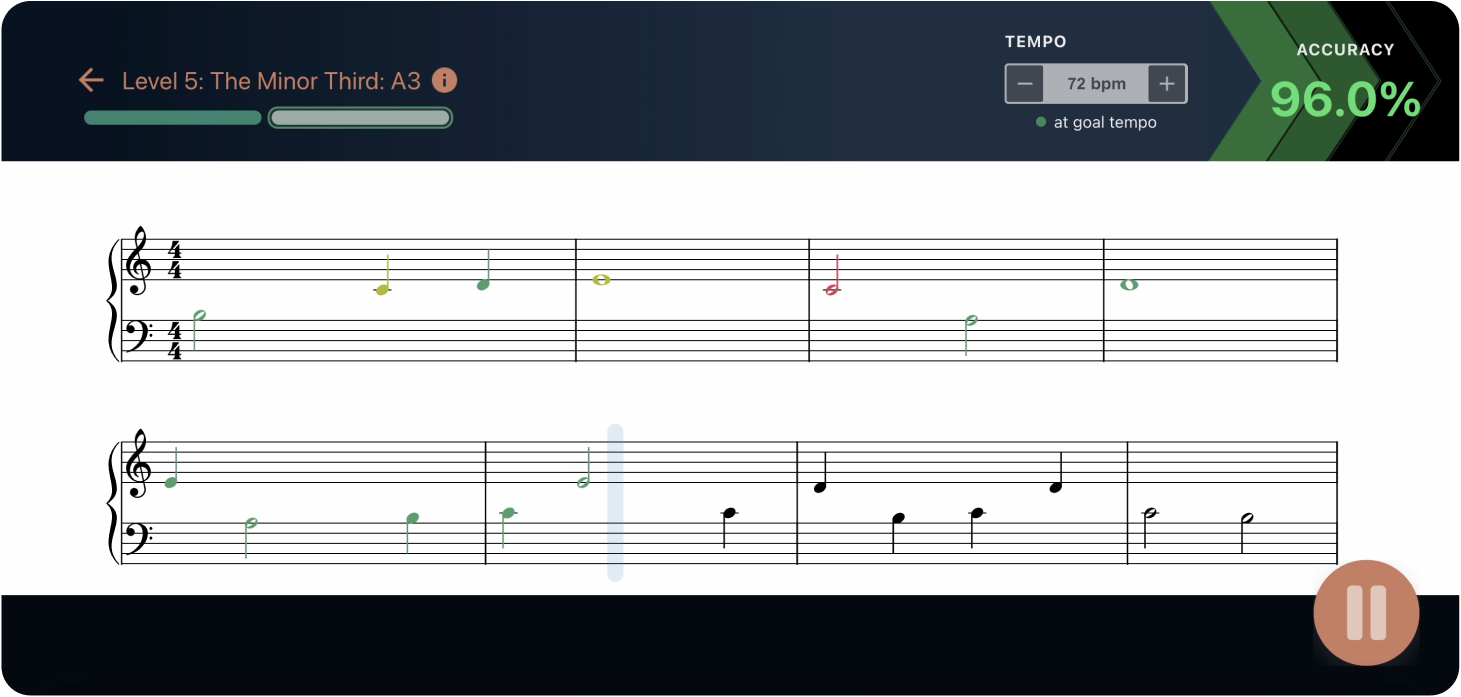
The MuseFlow Experience
Imagine opening MuseFlow and being greeted by your roadmap showing your current level, what percentage of the curriculum you’ve passed so far, songs at your level, and where to start today. Your ideal gaming preference is akin to Campaign Mode, so you follow the curriculum.
Campaign Mode offers a structured path through learning the fundamental concepts with a clear progression from simple to complex, perfect for players who want guidance and a more structured learning environment.
But you can also use an Open-World approach which lets you choose your own learning adventure, skipping around from level to level, song to song, regardless of the level of difficulty. This allows you to focus on areas that interest you most, and provides flexibility for different learning styles.
MuseFlow lets you do either by soft-unlocking everything. Everything is available to you from the start, MuseFlow just nudges you in the right direction if you want to use that feature.
Similar to how Breath of the Wild or Witcher 3 allow for a structured campaign or you choose what to take on next.
Every note you play receives instant visual feedback. Perfect notes light up green, timing issues show yellow, and incorrect notes turn red showing immediate correction is needed.. Corrections that build proper habits.
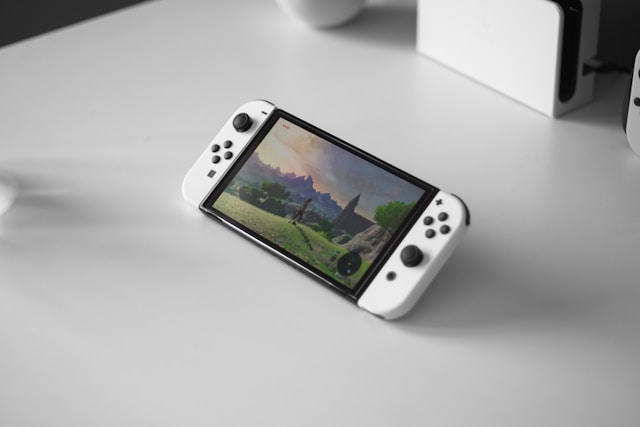
What You Gain with MuseFlow
When you choose MuseFlow for gamifying piano lessons, you experience:
Instant Engagement: Nuanced visual feedback on every note creates an addictive practice environment. The 95% accuracy requirement builds real competency while Flow State optimization provides effortless learning.
Comprehensive Learning: Interactive video tutorials use cutting-edge game engine technology, while 103 songs in the repertoire library let you apply the skills immediately after learning. Real-time MIDI integration connects seamlessly with your digital piano.
Intelligent Progression: Just-in-time learning introduces concepts exactly when needed. Seamless progression through 27 carefully designed levels ensures steady advancement while achievement tracking celebrates meaningful musical progress.
Unlimited Content: Never-ending practice material means you'll never get bored, with algorithmically generated (and subsequently hand picked and curated) music that prevents memorization and forces true sight reading development.
Transform Your Musical Journey
Ready to discover how gamifying your piano practice can transform your musical journey? MuseFlow represents the future of music education by making quality instruction accessible while creating intrinsic motivation that sustains long-term learning.
You're not just playing a game.. you're building genuine musical skills that transfer to any piano, any song, and any musical situation. Every practice session feels like gaming, and every skill you develop lasts a lifetime.
Your journey from frustrated learner to confident pianist starts with understanding that learning doesn't have to be tedious when designed around engagement. With MuseFlow's revolutionary approach to sight reading practice and Flow State optimization, you'll discover that the most effective practice is also the most enjoyable.

Ready to score points, not just notes? Your gamified practice adventure starts now.
.svg)
